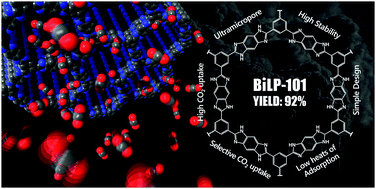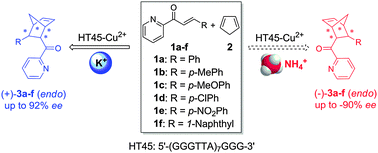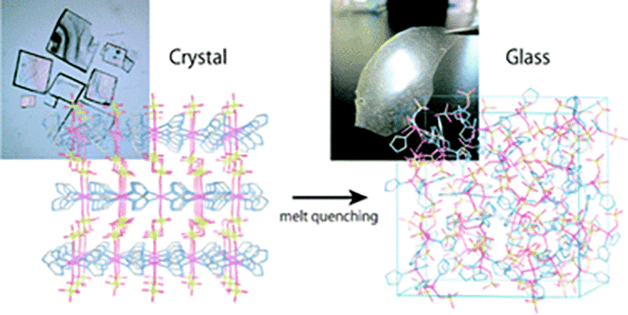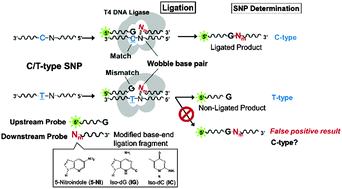The 25 most-downloaded ChemComm articles in the second quarter of 2015 were as follows:
A power-free microfluidic chip for SNP genotyping using graphene oxide and a DNA intercalating dye
Jing Li, Yan Huang, Dongfang Wang, Bo Song, Zhenhua Li, Shiping Song, Lihua Wang, Bowei Jiang, Xingchun Zhao, Juan Yan, Rui Liu, Dannong He and Chunhai Fan
DOI: 10.1039/C3CC40680F, Communication
A novel one-pot method for the synthesis of substituted furopyridines: iodine-mediated oxidation of enaminones by tandem metal-free cyclization
Rulong Yan, Xiaoni Li, Xiaodong Yang, Xing Kang, Likui Xiang and Guosheng Huang
DOI: 10.1039/C4CC08834D, Communication
Perovskite solar cells prepared by flash evaporation
Giulia Longo, Lidón Gil-Escrig, Maarten J. Degen, Michele Sessolo and Henk J. Bolink
DOI: 10.1039/C5CC01103E, Communication
Bio-inspired CO2 conversion by iron sulfide catalysts under sustainable conditions
A. Roldan, N. Hollingsworth, A. Roffey, H.-U. Islam, J. B. M. Goodall, C. R. A. Catlow, J. A. Darr, W. Bras, G. Sankar, K. B. Holt, G. Hogarth and N. H. de Leeuw
DOI: 10.1039/C5CC02078F, Communication
Heterostructured magnetic nanoparticles: their versatility and high performance capabilities
Young-wook Jun, Jin-sil Choi and Jinwoo Cheon
DOI: 10.1039/B614735F, Feature Article
Multifunctional catalysis by Pd-polyoxometalate: one-step conversion of acetone to methyl isobutyl ketone
Robert D. Hetterley, Elena F. Kozhevnikova and Ivan V. Kozhevnikov
DOI: 10.1039/B515325E, Communication
Selective guest sorption in an interdigitated porous framework with hydrophobic pore surfaces
Satoshi Horike, Daisuke Tanaka, Keiji Nakagawa and Susumu Kitagawa
DOI: 10.1039/B703502K, Communication
Layer-by-layer assembly of graphene and gold nanoparticles by vacuum filtration and spontaneous reduction of gold ions
Byung-Seon Kong, Jianxin Geng and Hee-Tae Jung
DOI: 10.1039/B821920F, Communication
Asymmetric catalysis activated by visible light
Eric Meggers
DOI: 10.1039/C4CC09268F, Feature Article
The surface chemistry of metal–organic frameworks
Christina V. McGuire and Ross S. Forgan
DOI: 10.1039/C4CC04458D, Feature Article
From themed collection 2015 Emerging Investigators
Graphene quantum dots: emergent nanolights for bioimaging, sensors, catalysis and photovoltaic devices
Jianhua Shen, Yihua Zhu, Xiaoling Yang and Chunzhong Li
DOI: 10.1039/C2CC00110A, Feature Article
Nanostructured electrochromic smart windows: traditional materials and NIR-selective plasmonic nanocrystals
Evan L. Runnerstrom, Anna Llordés, Sebastien D. Lounis and Delia J. Milliron
DOI: 10.1039/C4CC03109A, Feature Article
The rechargeable aluminum-ion battery
N. Jayaprakash, S. K. Das and L. A. Archer
DOI: 10.1039/C1CC15779E, Communication
Aggregation-induced emission: phenomenon, mechanism and applications
Yuning Hong, Jacky W. Y. Lam and Ben Zhong Tang
DOI: 10.1039/B904665H, Feature Article
Smart surface of water-induced superhydrophobicity
Xing Wang, Guangyan Qing, Lei Jiang, Harald Fuchs and Taolei Sun
DOI: 10.1039/B902360G, Communication
A highly selective fluorescent sensor for glucosamine
Tam Minh Tran, Yuksel Alan and Timothy Edward Glass
DOI: 10.1039/C5CC00415B, Communication
Reduction of graphene oxide viaL-ascorbic acid
Jiali Zhang, Haijun Yang, Guangxia Shen, Ping Cheng, Jingyan Zhang and Shouwu Guo
DOI: 10.1039/B917705A, Communication
Self-assembled sorbitol-derived supramolecular hydrogels for the controlled encapsulation and release of active pharmaceutical ingredients
Edward J. Howe, Babatunde O. Okesola and David K. Smith
DOI: 10.1039/C5CC01868D, Communication
Pro-fragrant ionic liquids with stable hemiacetal motifs: water-triggered release of fragrances
H. Q. Nimal Gunaratne, Peter Nockemann and Kenneth R. Seddon
DOI: 10.1039/C5CC00099H, Communication
Aromatic donor–acceptor interactions in non-polar environments
Giles M. Prentice, Sofia I. Pascu, Sorin V. Filip, Kevin R. West and G. Dan Pantos
DOI: 10.1039/C5CC00507H, Communication
Wet chemical synthesis of silver nanorods and nanowires of controllable aspect ratio
Nikhil R. Jana, Latha Gearheart and Catherine J. Murphy
DOI: 10.1039/B100521I, Communication
Palladium-catalyzed ring opening of norbornene: efficient synthesis of methylenecyclopentane derivatives
Xin-Xing Wu, Yi Shen, Wen-Long Chen, Si Chen, Xin-Hua Hao, Yu Xia, Peng-Fei Xu and Yong-Min Liang
DOI: 10.1039/C5CC02246K, Communication
A facile solvothermal growth of single crystal mixed halide perovskite CH3NH3Pb(Br1-xClx)3
Taiyang Zhang, Mengjin Yang, Eric E. Benson, Zijian Li, Jao van de Lagemaat, Joseph M. Luther, Yanfa Yan, Kai Zhu and Yixin Zhao
DOI: 10.1039/C5CC01835H, Communication
Microfluidic synthesis of chitosan-based nanoparticles for fuel cell applications
Fatemeh Sadat Majedi, Mohammad Mahdi Hasani-Sadrabadi, Shahriar Hojjati Emami, Mojtaba Taghipoor, Erfan Dashtimoghadam, Arnaud Bertsch, Homayoun Moaddel and Philippe Renaud
DOI: 10.1039/C2CC33253A, Communication
Conversion of a metal–organic framework to N-doped porous carbon incorporating Co and CoO nanoparticles: direct oxidation of alcohols to esters
Yu-Xiao Zhou, Yu-Zhen Chen, Lina Cao, Junling Lu and Hai-Long Jiang
DOI: 10.1039/C5CC01588J, Communication
ChemComm is the home of urgent high quality communications from across the chemical sciences. With a world renowned reputation for quality and fast times to publication (average of 40 days), ChemComm is the ideal place to publish your research.
Submit your urgent research to ChemComm today!
Stay up to date with ChemComm
Be among the first to hear about the newest articles being published – Sign-up to our journal news alert to receive information about most read articles, themed issues, journal news, as well as calls for papers and invitations.
Comments Off on Top 25 ChemComm articles April–June 2015












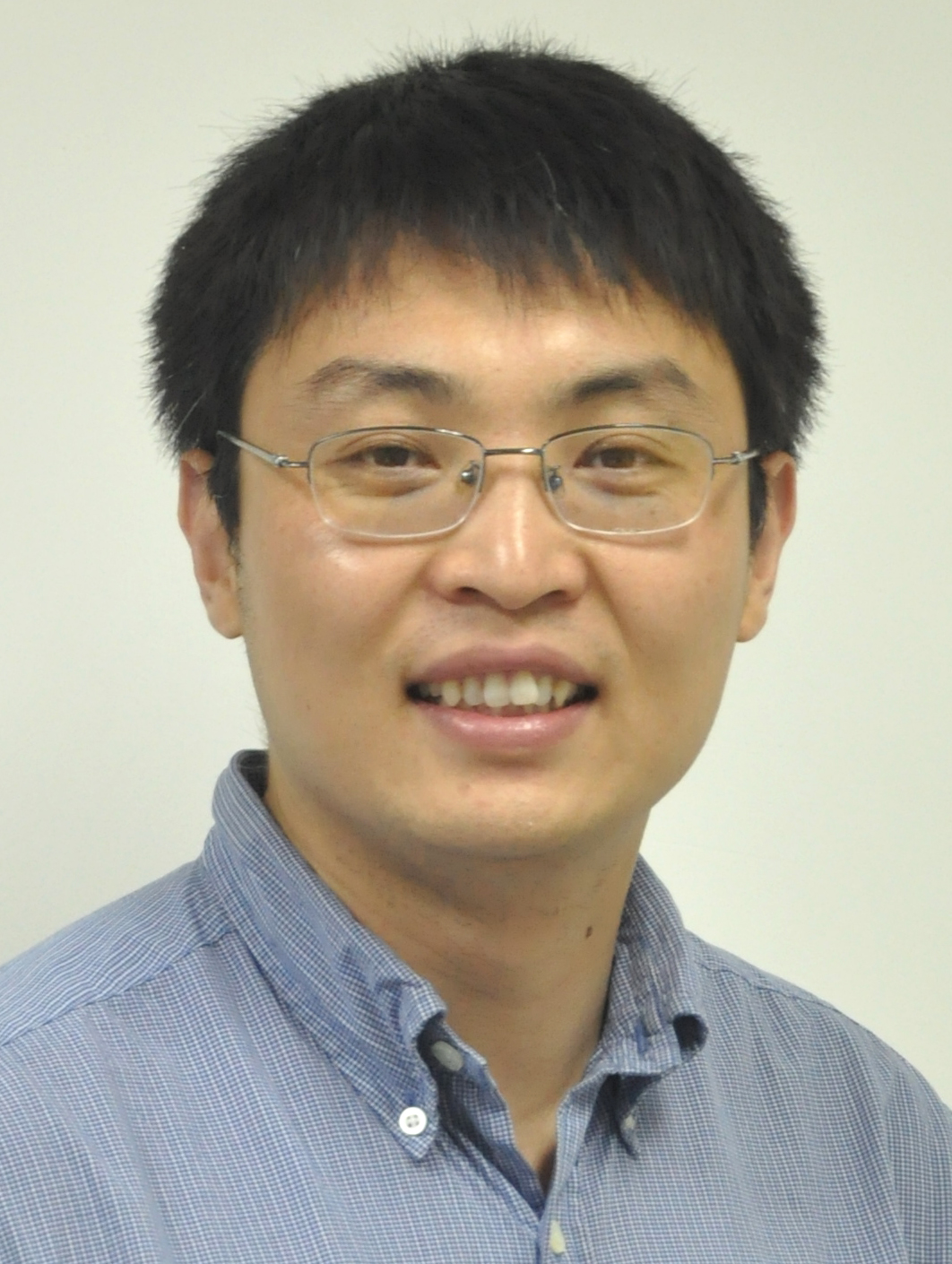
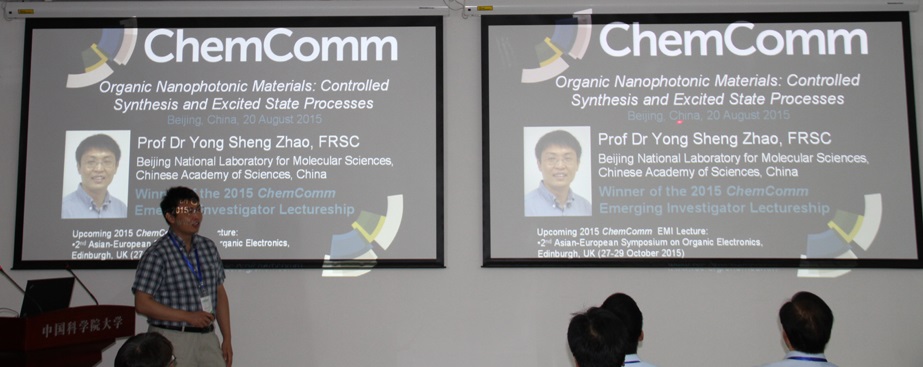
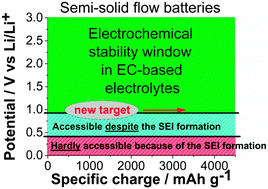
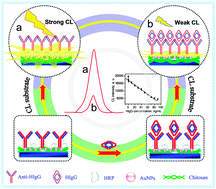
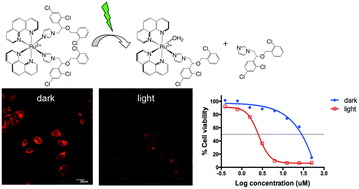
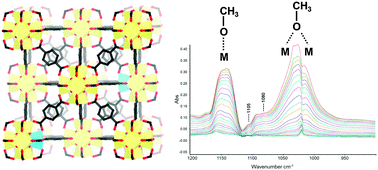
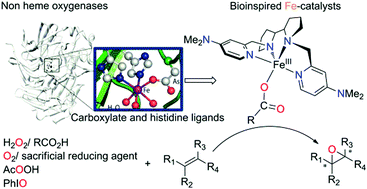


![Upon photoexcitation of [Ru(bpy)3]2+, electron transfer through a ferredoxin scaffold to a cobaloxime catalyst facilitates the production of hydrogen.](http://pubs.rsc.org/services/images/RSCpubs.ePlatform.Service.FreeContent.ImageService.svc/ImageService/image/GA?id=C5CC03006D) It is the latter approach which
It is the latter approach which 



